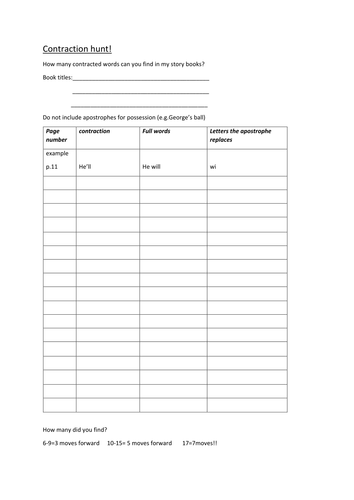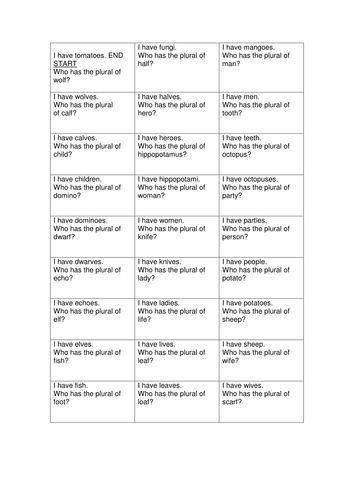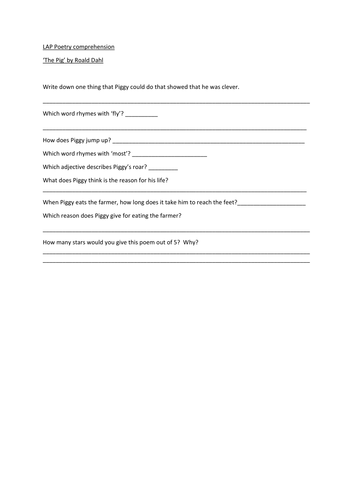Ellieteacher's Shop
I am a junior school teacher with 24 year's experience. I love to teach English most of all, but I get inspired by all aspects of the curriculum. In my shop you will find resources covering English, Maths, History, Philosophy, Art and RE and much more!























